Currently in the UK if you have a Cardiac Arrest outside of hospital there is a less than 10% chance of survival. 80% of these Cardiac Arrest’s will happen at the home so what is the chain of survival and why is it so important?
The Chain of survival was first introduced in 1991 by the American Heart Association – its aim is by strengthening communities response to training and empowering more bystanders to perform CPR and be confident to use an Automated external defibrillator (AED) will greatly increase the chance of survival saving thousands of lives per year.
Made up of 4 links, the first 3 links in the chain can be performed by members of the public, the 4th and final link of the chain will be performed by paramedics and further care expanded whilst the patient has arrived at hospital. If all the links are carried out within quick succession the survival rate will be increased.

1. Early Recognition
The first link of the chain is the ability to early assess and recognise there is something wrong. There are often no symptoms before a cardiac arrest occurs; however, someone in cardiac arrest will present as, unresponsive, will not be breathing or will not be breathing normally. Early recognition is vital to enable rapid activation of commencement of CPR and an ambulance being called.
2. Early CPR
The second link of the chain is the ability to commence Cardiopulmonary Resuscitation (CPR) this life-saving technique that helps maintain blood flow to the brain and heart in an emergency situation. Immediate initiation of CPR can double survival rates of out of hospital cardiac arrests. Despite this evidence unfortunately less than 40% of victims receive from CPR from Bystanders. CPR is administered by pushing hard and fast in the centre of the chest at a rate of 100-120 per minute at a depth of 1/3 of the chest depth.
3. Early Defibrillation
The third link, and the final of which can be carried out by bystanders is Early Defibrillation. To have access to an Automatic External Defibrillator (AED) can be the difference between life and death. An AED is used to shock the heart back into a normal rhythm. For every minute that passes without an AED the chance of survival decreases by 10%. Surprisingly less than 2% of victims who require an AED actually have one deployed, before an ambulance crew arrives. As soon as an AED becomes available, the rescuer should place the device next to the victim. Simply turn it on and follow the visual and audio prompts. If a shock is advised, stand clear and make sure no one is in contact with the patient, then administer the shock
4. Post Resuscitation Care
The fourth link to the chain is Early post resuscitation care, it is to optimize ventilation and circulation, preserve organ/tissue function, and maintain recommended blood glucose levels. This link relies on paramedics who can perform more advanced life-saving procedures, as well as post care in specialised units within hospital settings. No matter how good the immediate care at the scene, you will need professional medical care, and the sooner the better.
By understanding these links, you will be more confident to do something in the event of a cardiac arrest.
Above all, you will be giving your casualty the best possibility of a good outcome.
Written by Danielle Anderson ( ECG Clinical Development Manager), Thursday 15th October 2020













